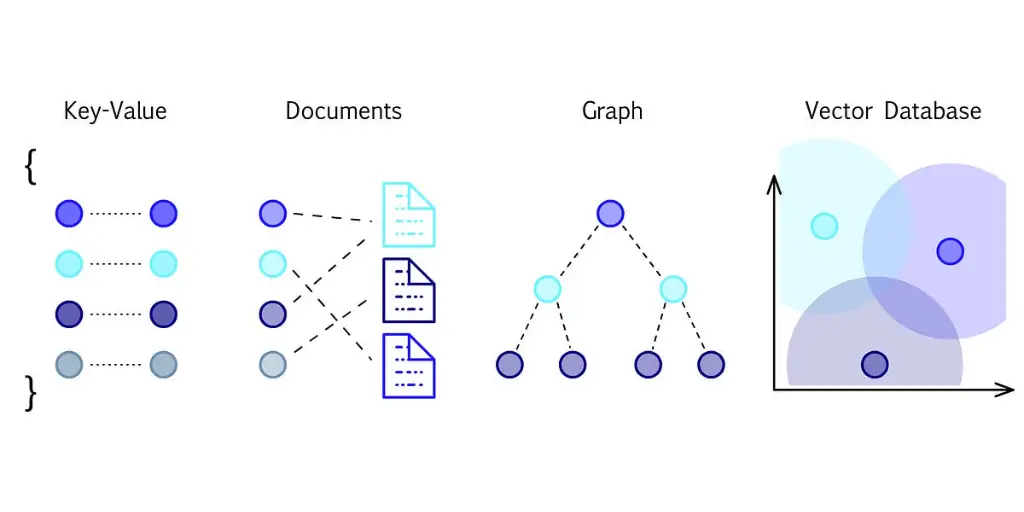Back
Vector
GaiaNet
By HackQuest
Sep 23,20243 min readWelcome to the Web3 world, where digital finance and applications are shown in a revolutionary way through the fusion of blockchain technology, cryptocurrencies, and a pioneering spirit. Are you overwhelmed by the wealth of terms in the Web3 world that you don’t understand? Are those slang barriers for you to learn about Web3? Don’t worry! We’re here to explain the obscure terms to guide your learning. Today, we're diving into an essential concept in the world of Web3: [Vector].
Definition and Overview
In programming, a vector is a one-dimensional array designed to store data elements of the same type while offering the flexibility of dynamic resizing. Unlike traditional arrays with a fixed size, vectors can expand or contract as needed, making them a versatile data structure for various programming applications.
The concept of vectors in computer science is derived from their mathematical counterpart, which represent quantities defined by both magnitude and direction. This adaptation allows vectors to efficiently manage collections of data that need to grow or shrink dynamically, setting them apart from static arrays.

What is a Vector Database?
A vector database is a specialized type of database designed to store and manage high-dimensional vectors. These vectors typically represent data points in a multidimensional space and are used extensively in machine learning, artificial intelligence, and data retrieval applications. Unlike traditional databases that store and retrieve structured data, vector databases focus on similarity searches, allowing users to find data points that are close to a given vector based on a specific distance metric, such as Euclidean distance or cosine similarity.

Use Cases
In the context of programming, vectors play a crucial role in data storage and retrieval processes, particularly in vector databases. A vector database is designed to store high-dimensional vectors and perform operations such as similarity searches. These databases are essential for applications that involve machine learning and artificial intelligence, where the ability to quickly and accurately find similar items is critical.
Vector Databases in GaiaNet
GaiaNet, a decentralized knowledge network, leverages vector databases to enhance its retrieval-augmented generation (RAG) capabilities. Here's a step-by-step guide on how GaiaNet utilizes vector databases:
1.Creating a Vector Collection Snapshot:
2.Setting Up the Environment:
3.Starting a Vector Database:
4.Chunking and Embedding:
5.Creating and Sharing Snapshots:
Additional Insight: The Role of Vectors in Machine Learning
Vectors are fundamental in machine learning, where they are used to represent data points in a high-dimensional space. This representation allows for efficient processing and analysis of large datasets, enabling algorithms to learn patterns and make predictions. In the context of GaiaNet, vectors facilitate the creation of a rich knowledge base that can be queried to generate relevant information dynamically.
Future of Vector Databases in Web3
As Web3 technology continues to evolve, the importance of vector databases is expected to grow. These databases provide the backbone for advanced data retrieval systems, enabling more sophisticated and intelligent applications. With the integration of vector databases, decentralized platforms like GaiaNet can offer enhanced capabilities for knowledge management and information retrieval.
Conclusion
Vectors and vector databases are pivotal in the realm of Web3 technology, providing the necessary infrastructure for dynamic data storage and retrieval. GaiaNet's use of vector databases exemplifies how these concepts are applied to create robust and intelligent knowledge systems. As the crypto space continues to innovate, the role of vectors will undoubtedly expand, driving further advancements in decentralized technologies.